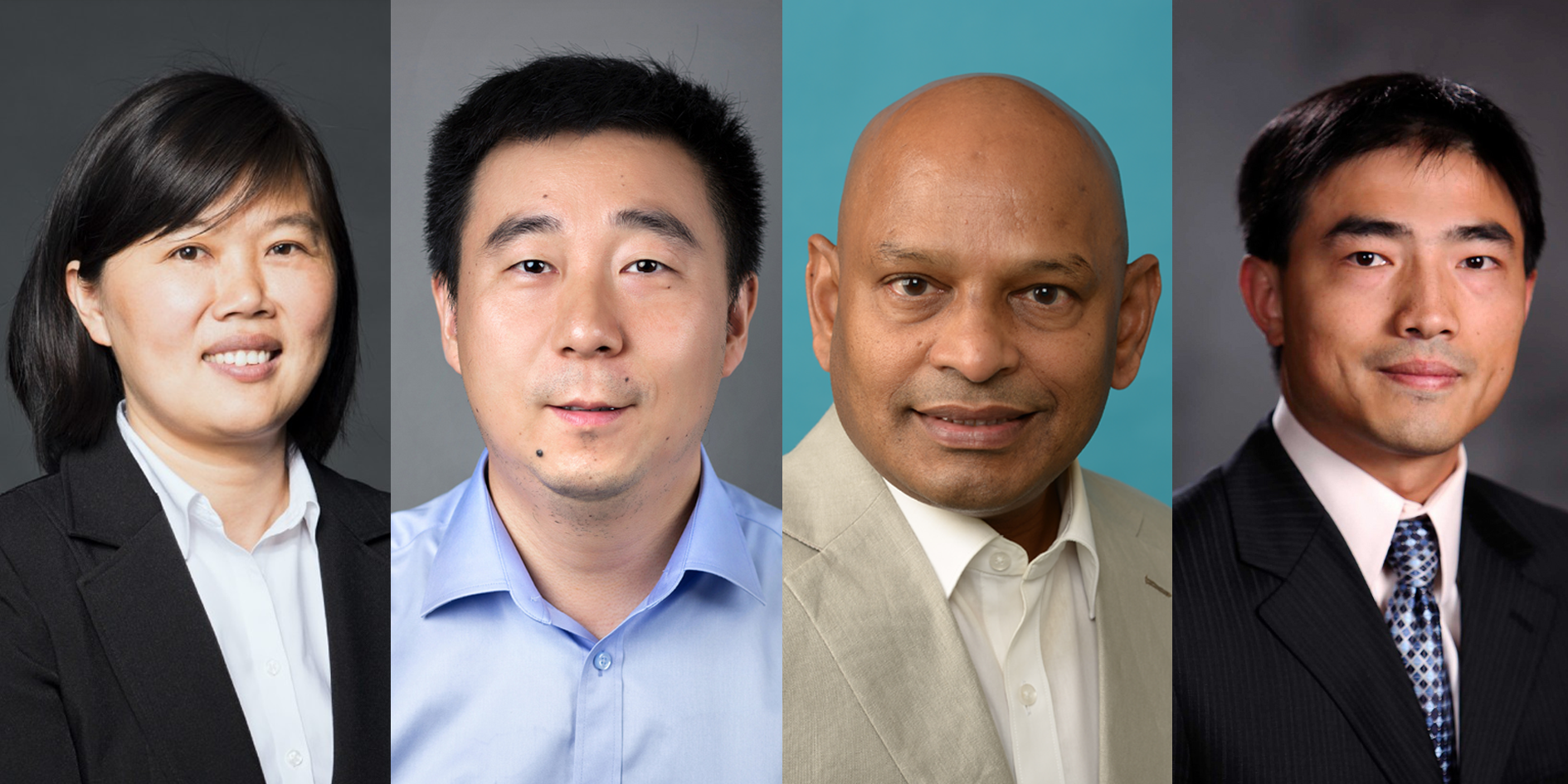Nanomaterials for Energy
A collection of recent articles from Nanoscale Horizons and Nanoscale
Nanoscale Horizons and Nanoscale are pleased to present a collection highlighting the latest energy research published in the journals.
Read the collection
Check out this selection of articles from the collection. All articles are free to access until the end of May 2023.
Performance optimization strategies of halide perovskite-based mechanical energy harvesters (Open Access)
Feng Jiang and Pooi See Lee
Nanoscale Horizons, 2022, DOI: 10.1039/D2NH00229A
Hydroxide ion-conducting viologen–bakelite organic frameworks for flexible solid-state zinc–air battery applications
Deepak Rase, Rajith Illathvalappil, Himan Dev Singh, Pragalbh Shekhar, Liya S Leo, Debanjan Chakraborty, Sattwick Haldar, Ankita Shelke, Thalasseril G. Ajithkumar and Ramanathan Vaidhyanathan
Nanoscale Horizons, 2023, DOI: 10.1039/D2NH00455K
Photodoping of metal oxide nanocrystals for multi-charge accumulation and light-driven energy storage (Open Access)
Michele Ghini, Nicola Curreli, Andrea Camellini, Mengjiao Wang, Aswin Asaithambi and Ilka Kriegel
Nanoscale, 2021, DOI: 10.1039/D0NR09163D
Co-construction of sulfur vacancies and carbon confinement in V5S8/CNFs to induce an ultra-stable performance for half/full sodium-ion and potassium-ion batteries
Lihong Xu, Xiaochuan Chen, Wenti Guo, Lingxing Zeng, Tao Yang, Peixun Xiong, Qinghua Chen, Jianmin Zhang, Mingdeng Wei and Qingrong Qian
Nanoscale, 2021, DOI: 10.1039/D0NR08788B
We would be delighted if you would consider Nanoscale Horizons or Nanoscale for your next submission, which can be made using the buttons below.
Submit your research to Nanoscale Horizons or submit your research to Nanoscale
Nanoscale and Nanoscale Horizons are high-impact international journals, publishing high-quality experimental and theoretical work across the breadth of nanoscience and nanotechnology. Our broad scope covers cross-community research that bridges the various disciplines involved with nanoscience and nanotechnology.
We hope you enjoy reading this collection and will consider Nanoscale Horizons and Nanoscale for your future submissions.












